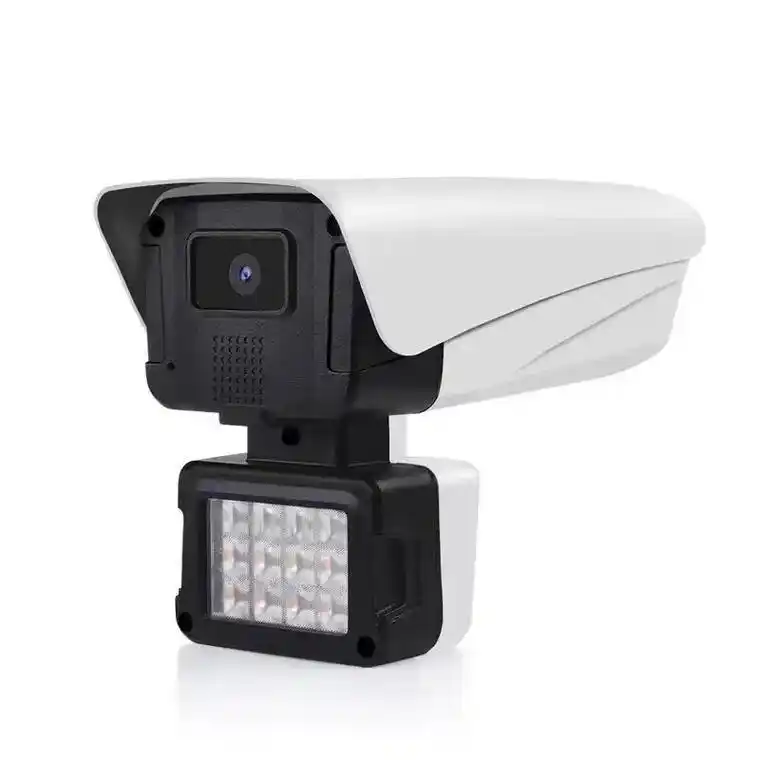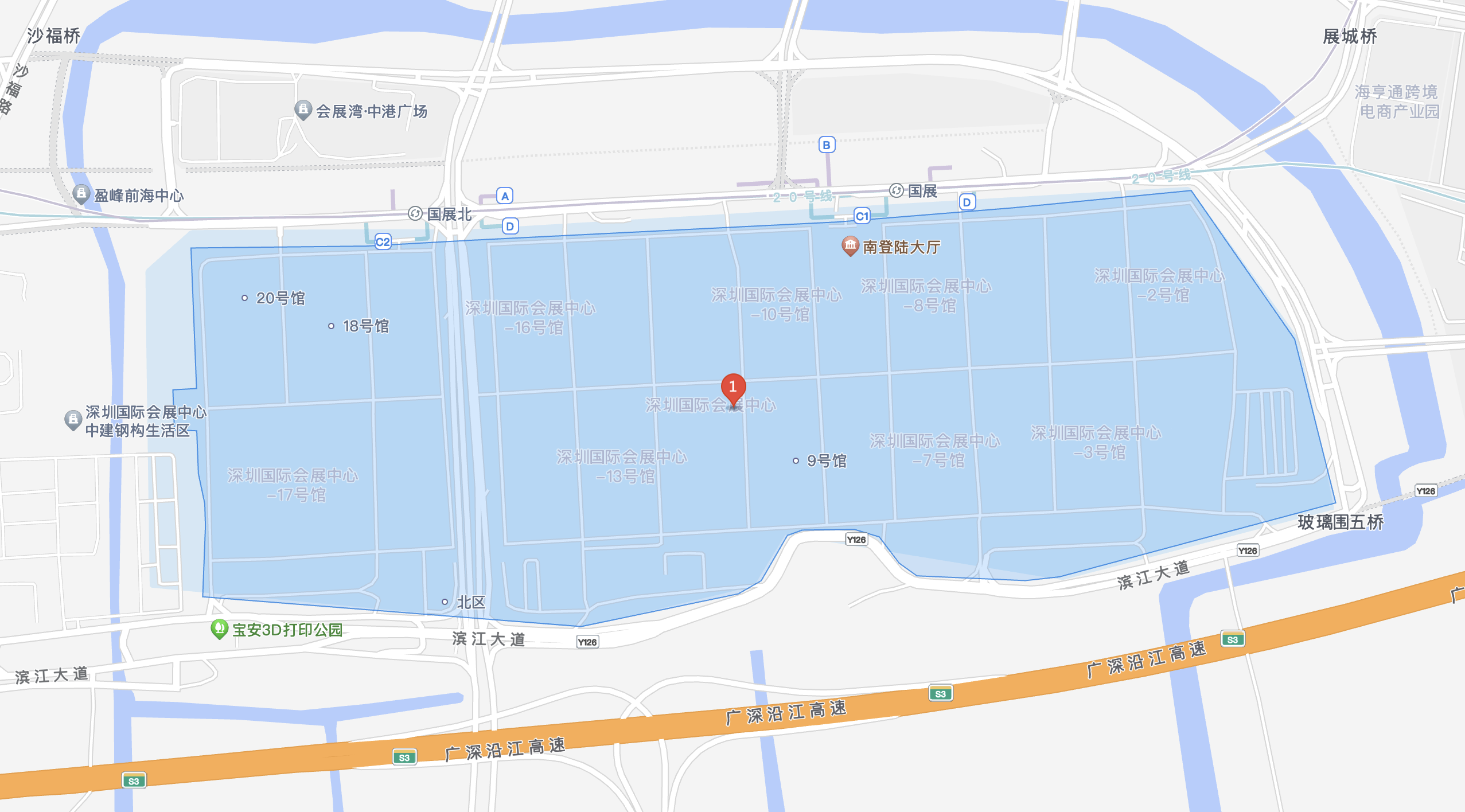
Recently, Loto Technology released the "2024 China Consumer-grade Surveillance Camera Market Size Report". According to its report data, the sales volume of China's consumer-grade surveillance camera market in 2024 was 53.49 million sets, a slight increase of 0.2% year-on-year.
Performance of China's consumer-grade surveillance camera market in 2024
In recent years, with the vigorous development of the smart home field and the increasing awareness of consumers about home security, the consumer-grade surveillance camera market has ushered in a long-term development, from more than 40 million sets in 2020 to more than 50 million sets today.
Loto Technology pointed out that although the growth rate of the consumer-grade surveillance camera market slowed down in 2024, its performance on the product supply side was still remarkable.
01 Sales channels: online and offline polarization
In terms of sales channels, China's consumer-grade surveillance camera market in 2024 showed a trend of online and offline polarization. According to Loto Technology data, the sales share of the offline market fell to 43.9%, or 23.47 million sets, a year-on-year decrease of 12.5%.
As for the reasons for the decline of the online market, on the one hand, it is the change in consumer purchasing habits. With the popularization of the Internet and the rise of e-commerce platforms, more and more consumers tend to shop online; on the other hand, due to the continuous increase in various expenses such as rent, water and electricity bills, the operating costs of physical stores have increased significantly, which has brought pressure to offline sales. In addition, the transformation of business models has also had an impact on the offline market. Nowadays, emerging business models such as new retail models and live streaming have emerged, breaking the limitations of traditional sales models.
In sharp contrast to the decline of the offline market, the omni-channel sales share of the online market has increased significantly by 6.3 percentage points compared with 2023, exceeding half for the first time, reaching 56.1%. Among them, both emerging e-commerce and traditional e-commerce have achieved double-digit growth, becoming an important force driving market growth. The sales of emerging e-commerce platforms including Douyin, Kuaishou, and Pinduoduo were 4.55 million units, a year-on-year surge of 15.3%; while the sales of traditional e-commerce platforms represented by JD.com, Tmall, and Suning.com reached 25.46 million units, a year-on-year increase of 12.5%.
It is particularly noteworthy that the influence of live streaming in the retail field of surveillance cameras is continuing to rise. In 2024, many well-known brands have increased their investment in live broadcast channels through scene-based display and professional interpretation, effectively ensuring the improvement of corporate performance. This trend has further promoted the growth of sales in the online channel market.
02 Competition pattern: leading by the head, emerging brands rise
In terms of brand competition, the consumer surveillance camera market in 2024 showed a situation where the head brands led innovation and small and medium-sized brands broke through with cost-effectiveness, showing the development characteristics of brand differentiated competition.
According to data from Luotu Technology, in 2024, on the traditional main e-commerce platforms, Xiaomi, EZVIZ, Joan, and TP-Link ranked in the top four in terms of sales, with a combined share (CR4) of 40.2%. In addition, Shenmo, an emerging brand focusing on low-power cameras, jumped to ninth place in the vertical e-commerce sales list in November 2024.
03 Product innovation: gun-ball linkage, multi-eye, two-way video
According to the traditional e-commerce data of Luotu Technology, in 2024, the sales share of the three categories of products, gun-ball linkage cameras, binocular and multi-eye cameras, and two-way video cameras, reached 20.1%, 32.5%, and 2%, respectively, an increase of 10.6, 14.3, and 1.6 percentage points from 2023.
In addition, thanks to the layout of more new products from leading brands such as Xiaomi, EZVIZ, 360, and Haiqiao, the sales of high-pixel camera products are also increasing. In the monocular camera market in 2024, the mainstream pixels are 4 million and 5 million, and the sales of these two together account for 53.8% of the market share, an increase of 12.2 percentage points from 2023. At the same time, 8-megapixel products also showed strong growth momentum, and their sales share increased significantly from 1.9% in 2023 to 8.3% in 2024, achieving an increase of 6.4 percentage points.
04 Scenario expansion: outdoor 4G, elderly and child care, pet economy
In outdoor scenarios, applications such as 4G, low power consumption, and black light technology are constantly deepening. In terms of 4G, the widespread application of 4G technology has freed surveillance cameras from the constraints of network cables. No matter where you are, as long as your mobile phone has a network signal, you can remotely connect to the surveillance camera at home through 4G and view the situation at home in real time. According to data from Luotu Technology, in 2024, the sales share of 4G cameras in traditional mainstream e-commerce will be 13.5%, an increase of 1.9 percentage points from 2023.
In terms of low power consumption, the development of low power consumption technology has greatly improved the battery life of cameras. Especially for some battery-powered wireless cameras, low power consumption means longer use time and reduces the trouble of frequent battery replacement. At present, brands such as Yingteng, Shenmo, and Jingshiwei are actively deploying, pushing the sales share of this market segment to nearly 7%.
In terms of black light, upstream chip manufacturers including Aixin Yuanzhi, Rockchip, and Beijing Junzheng have launched ultra-black light solutions; and brands such as TP-Link, Skyworth, Joan, and Konka have launched full-color cameras using black light technology. Although black light products have not yet started to grow in the consumer market, they have been widely used in engineering channels.
In indoor scenes, the care of the elderly and the pet economy show demand trends that cannot be ignored and have their own characteristics. Specifically, in 2024, the sales share of cameras with crying monitoring functions increased significantly to 21.7%, and sales increased by 8.8% year-on-year; while the focus of elderly care products is more on functional practicality, such as video calls and one-click calls.
In terms of pets, smart feeding and behavior analysis are essential functions of pet cameras. According to Luotu data, its camera sales share in traditional e-commerce is 5.5%. Although the proportion is not high, the growth rate is extremely fast. The year-on-year increase in 2024 exceeded 100%.
Looking ahead to 2025, Luotu Technology predicts that China's consumer surveillance camera market will continue to grow steadily, with sales expected to reach 54.57 million sets, a year-on-year increase of 2.0% in 2024. This is reflected in two aspects. First, the application of AI technology in security cameras will play a more important role; second, surveillance cameras will be further integrated into the smart home ecosystem.
DeepSeek's perspective: Looking forward to the development of China's consumer surveillance camera market in 2025
Recently, the domestically produced AI model DeepSeek has become popular. Since its launch, DeepSeek has attracted widespread attention with its powerful reasoning ability and visualized reasoning process. In response to this, Visual IoT also asked DeepSeek the question "Predict and analyze the development trend of China's consumer surveillance camera market in 2025", and DeepSeek answered as follows: (The following content is generated by DeepSeek)
The development of China's consumer surveillance camera market in 2025 will be affected by multiple factors such as technology, demand, policy and competitive environment, and is expected to show the following trends:
01 Technology-driven innovation, intelligent demand growth
AI and edge computing popularization: Cameras will further integrate AI functions (such as face recognition, abnormal behavior detection), combine edge computing to reduce cloud dependence, improve real-time response capabilities, and attract consumers with higher demands for smart security.
5G and IoT integration: With the expansion of 5G network coverage, the role of cameras as the entrance to smart homes is strengthened, and the linkage with door locks, lighting and other equipment is enhanced, promoting the sales of scenario-based solutions.
Low power consumption and battery life optimization: Breakthroughs in wireless cameras in areas such as battery life and solar power supply may stimulate demand for outdoor or temporary monitoring scenarios.
02 Limited market growth space, intensified competition for existing stocks
First-tier cities close to saturation: high household penetration, growth depends on product upgrades (such as 4K/8K resolution, full-color night vision) or value-added services (such as cloud storage, AI analysis subscription).
Unleashing the potential of the sinking market: The awakening of the demand for basic security in third- and fourth-tier cities and rural areas may become a new growth point, but it is necessary to balance price sensitivity and functional practicality.
Vertical segmentation scenario expansion: Customized products may open up incremental markets for segmented needs such as monitoring of elderly people living alone, pet care, and remote management of small and micro enterprises.
03 Dual impact of policies and privacy issues
Rising compliance costs: As regulations such as the Data Security Law and the Personal Information Protection Law become stricter, manufacturers need to strengthen data encryption and local storage functions, which may increase R&D and production costs.
Consumers' privacy awareness is increasing: The market may differentiate into "privacy-friendly" products (such as physical shielding design and end-side processing), which will become the key to differentiated competition.
04 Evolution of market competition
Concentration of top brands: Huawei, Xiaomi and other technology giants rely on their ecological advantages to squeeze small and medium-sized manufacturers, and traditional security companies (such as Hikvision's consumer brand) need to accelerate transformation.
Price war turns to value war: profits of basic functional products are compressed, and competition in the high-end market around AI algorithms and service ecology is intensifying. The industry may enter a period of integration.
05 Export and globalization opportunities
Domestic manufacturers are accelerating their overseas expansion: With mature supply chains and cost advantages, Chinese brands may seize market share in emerging markets such as Southeast Asia and Latin America, alleviating domestic growth pressure.
Comprehensive forecast
Market sales may maintain slow growth (1%-3%) in 2025, but structural changes are significant:
The proportion of high-end intelligent products has increased, driving the overall sales growth rate higher than sales.
Service revenue (such as cloud services and AI value-added) has become a new source of profit for manufacturers.
Policy compliance and privacy protection force the industry to upgrade technology, and small companies without R&D capabilities face elimination.
Risks and challenges
Economic recovery is slower than expected: If consumer confidence is weak, non-essential security spending may be compressed.
Technology homogeneity: If AI functional innovation stagnates, the market may fall into low-price involution.
Conclusion
In 2025, the market will show a trend of "stability with changes". Technological breakthroughs and scenario innovation are the core driving forces. Manufacturers need to focus on differentiated competition while coping with compliance and cost pressures.
This paper is from Ulink Media, Shenzhen, China, the organizer of IOTE EXPO (IoT Expo in China)







